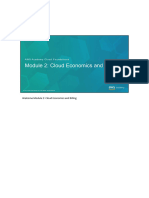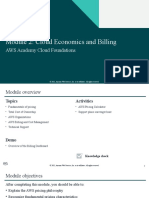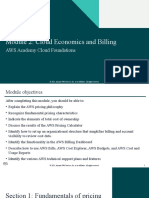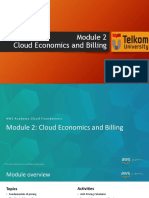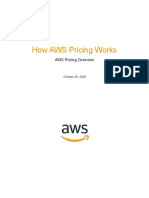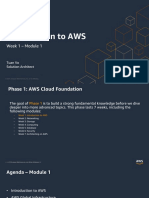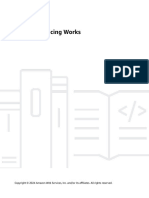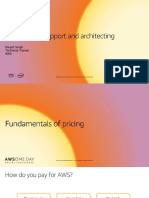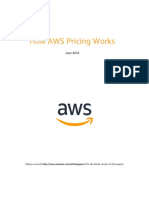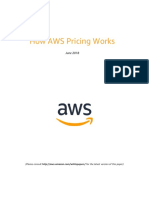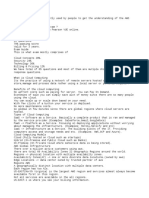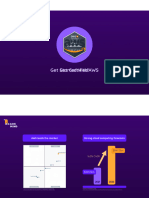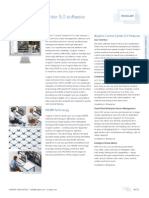0% found this document useful (0 votes)
30 views6 pagesModule 8
Chapter 8 of AWS Cloud Practitioner Essentials covers pricing and support, emphasizing the importance of understanding cloud costs and utilizing AWS tools for cost management. It introduces the AWS Free Tier, various pricing concepts, the Billing Dashboard, and AWS Budgets for monitoring expenses. Additionally, it details AWS support plans and the AWS Marketplace for third-party software, highlighting resources available to optimize cloud usage and spending.
Uploaded by
lo.m.are.spi.oCopyright
© © All Rights Reserved
We take content rights seriously. If you suspect this is your content, claim it here.
Available Formats
Download as PDF, TXT or read online on Scribd
0% found this document useful (0 votes)
30 views6 pagesModule 8
Chapter 8 of AWS Cloud Practitioner Essentials covers pricing and support, emphasizing the importance of understanding cloud costs and utilizing AWS tools for cost management. It introduces the AWS Free Tier, various pricing concepts, the Billing Dashboard, and AWS Budgets for monitoring expenses. Additionally, it details AWS support plans and the AWS Marketplace for third-party software, highlighting resources available to optimize cloud usage and spending.
Uploaded by
lo.m.are.spi.oCopyright
© © All Rights Reserved
We take content rights seriously. If you suspect this is your content, claim it here.
Available Formats
Download as PDF, TXT or read online on Scribd
/ 6



